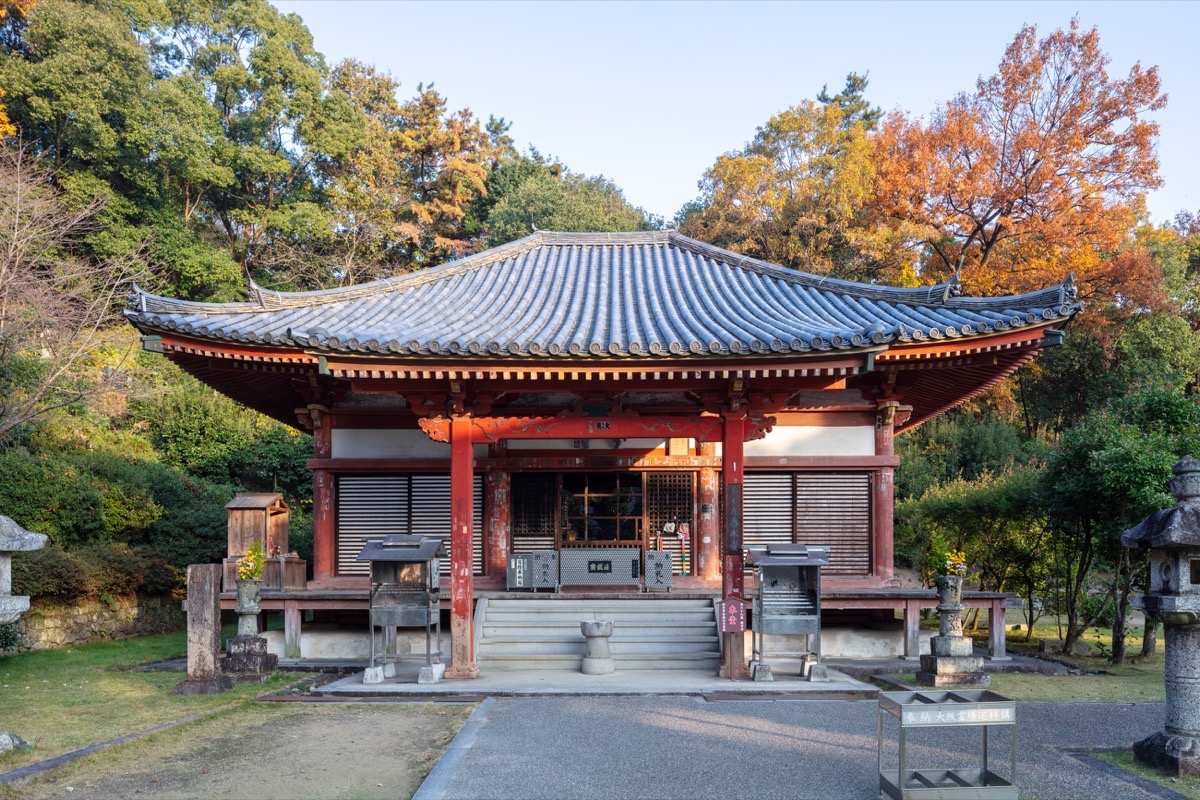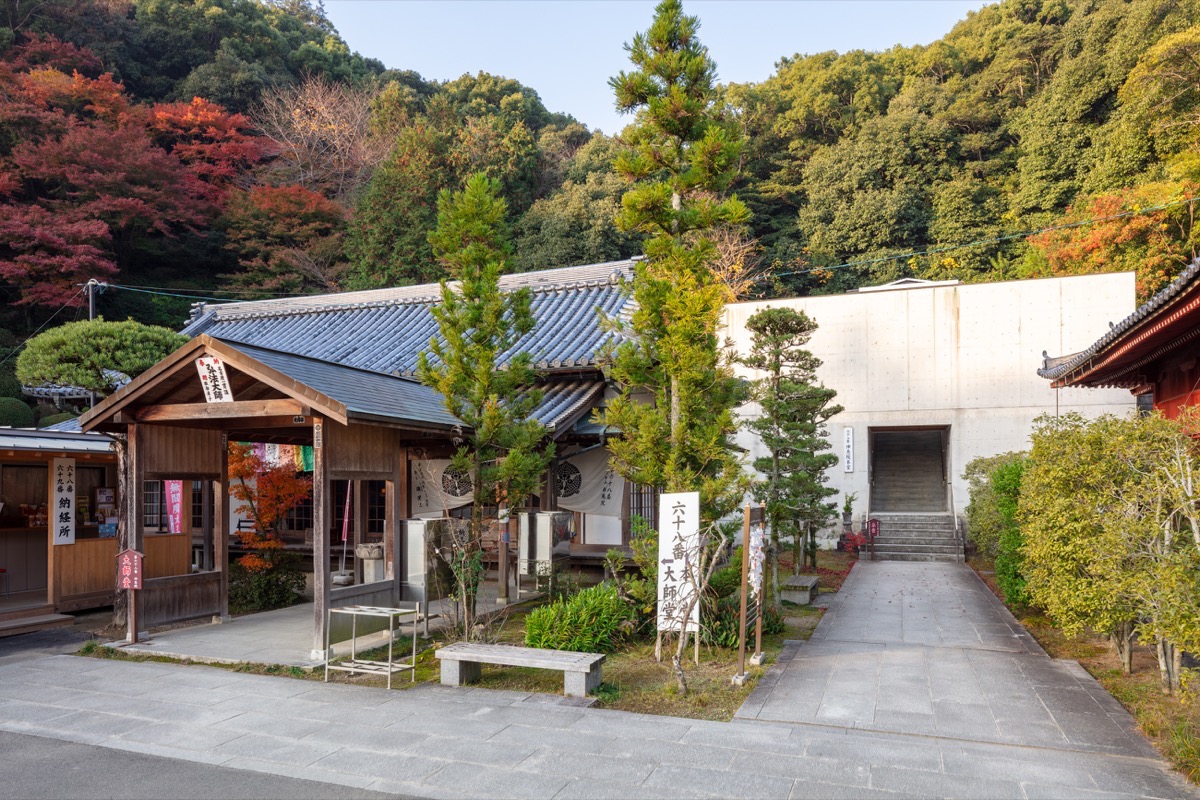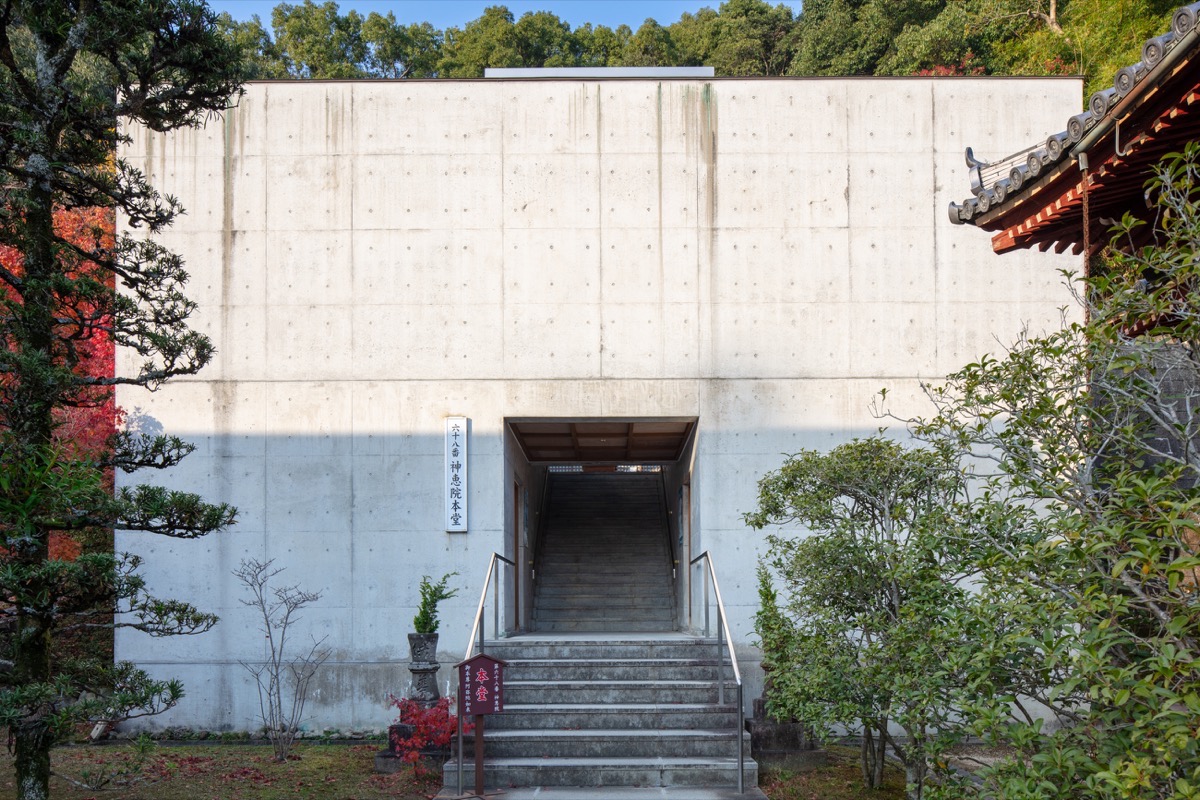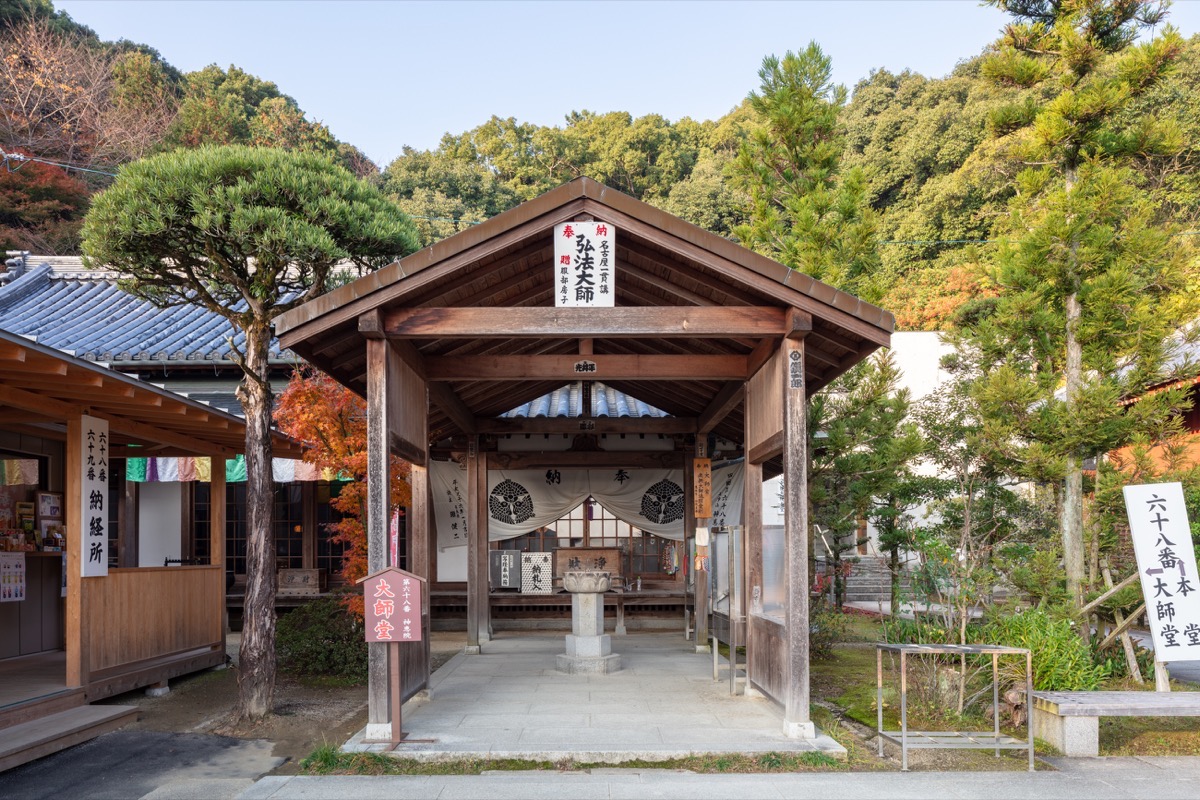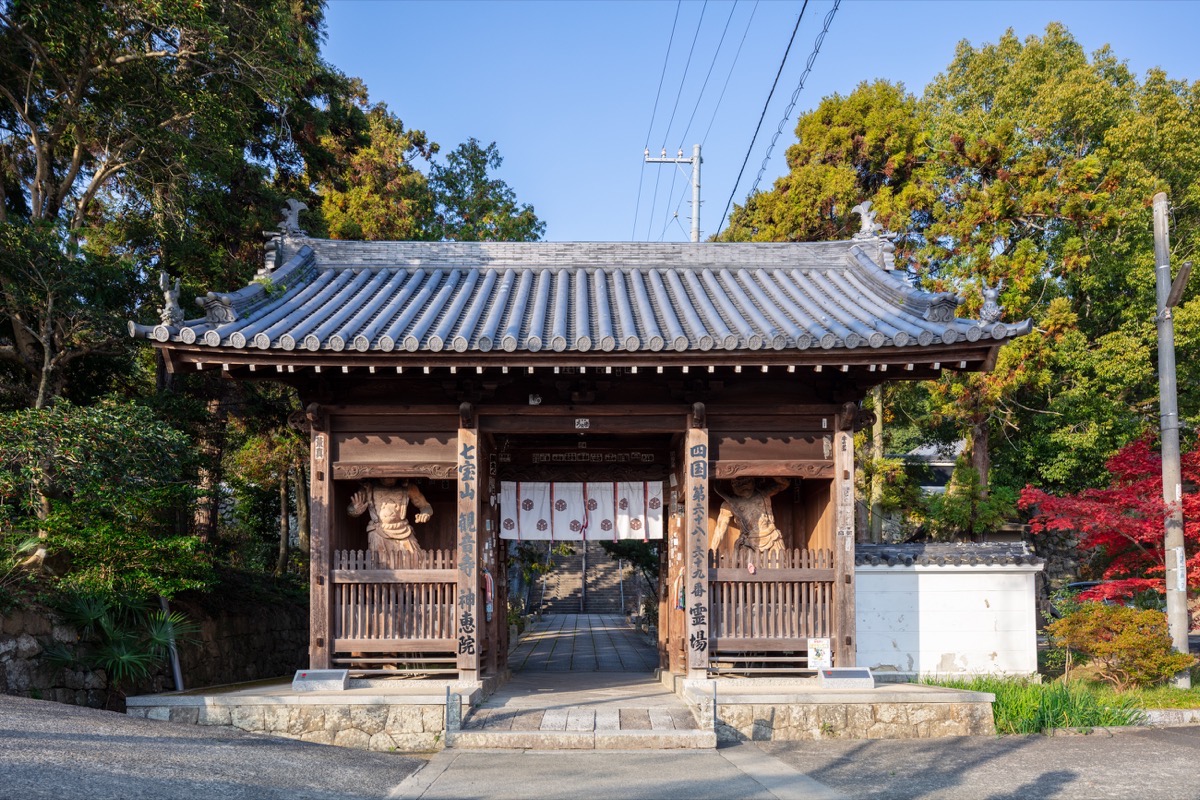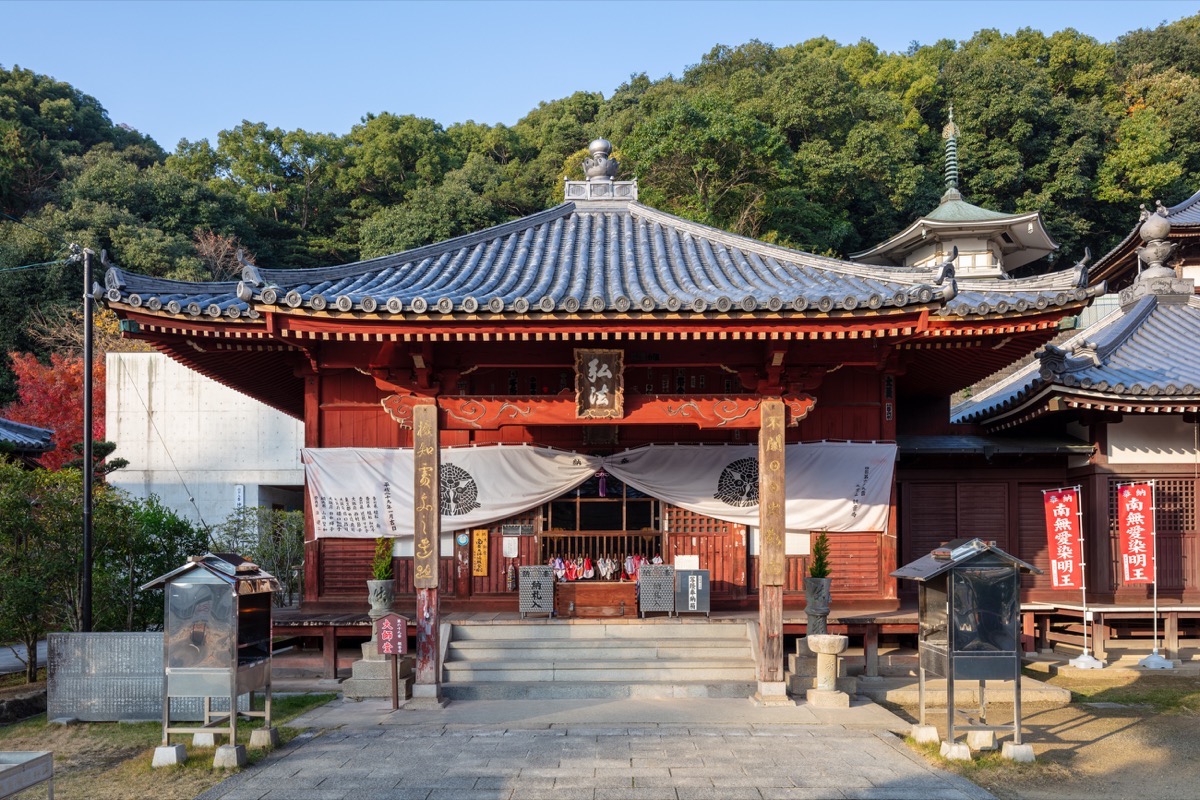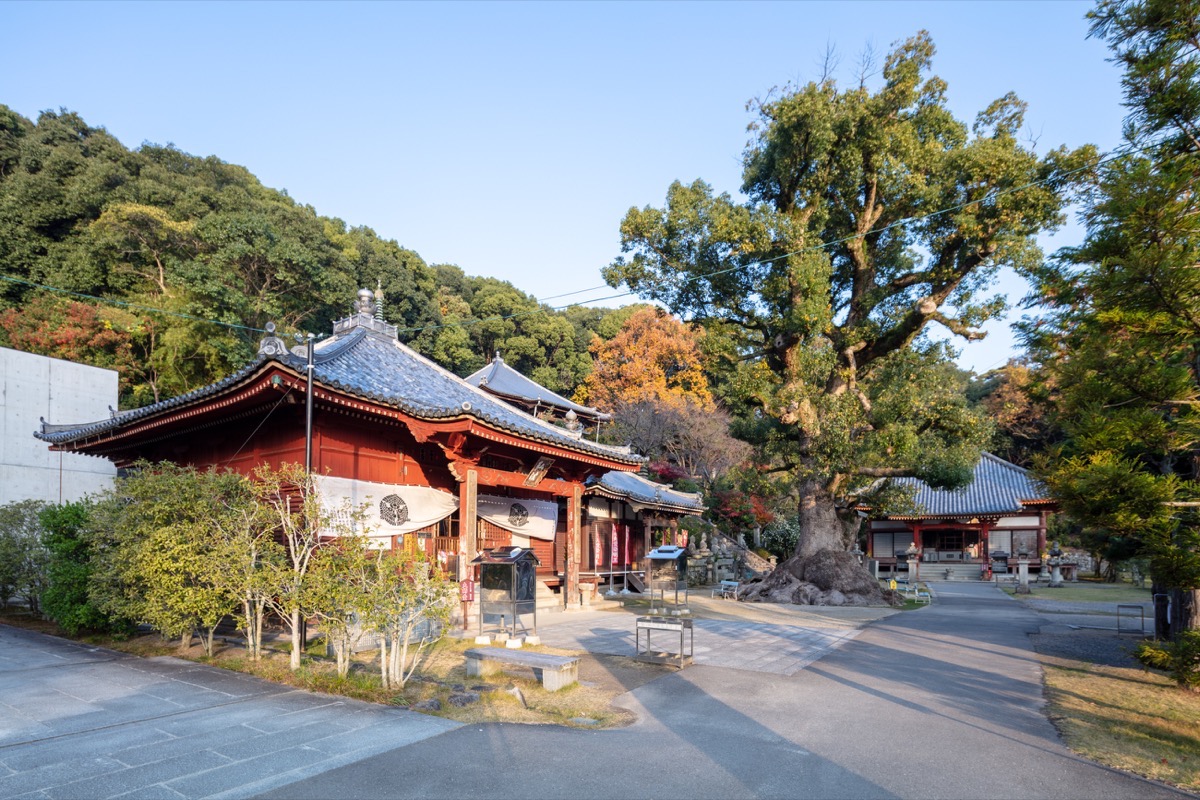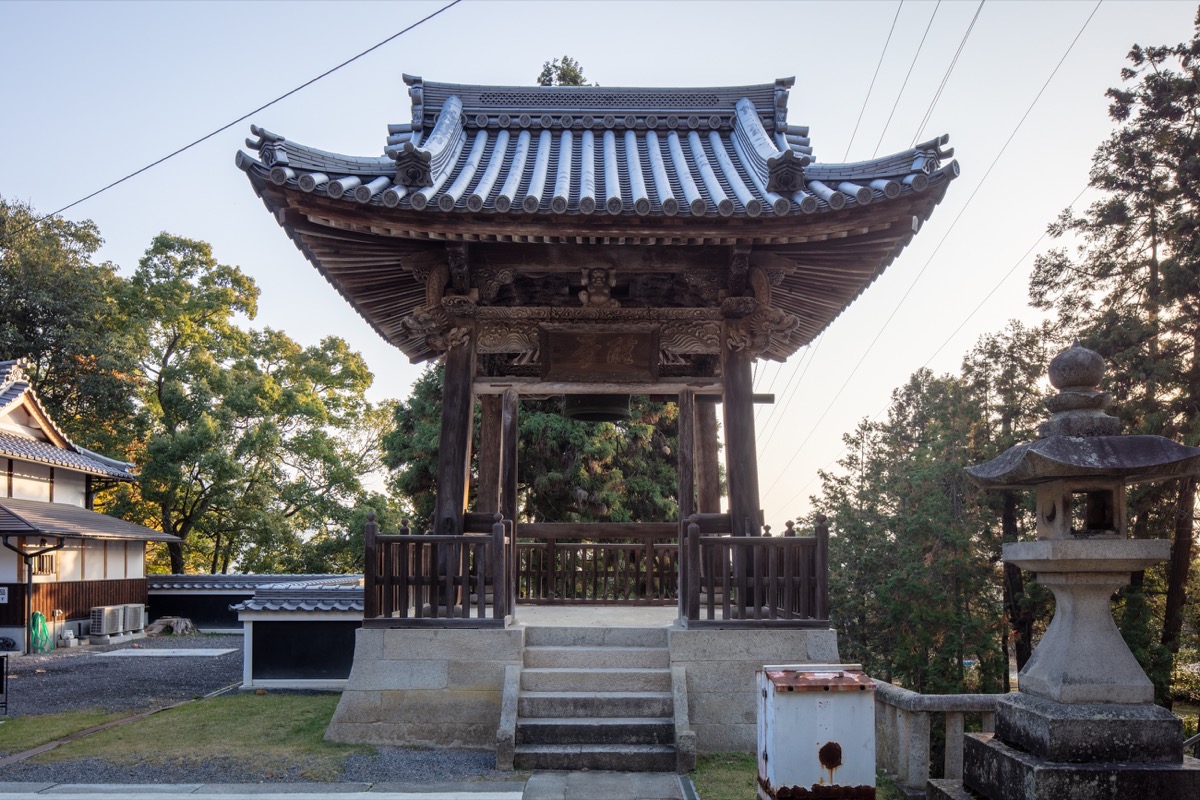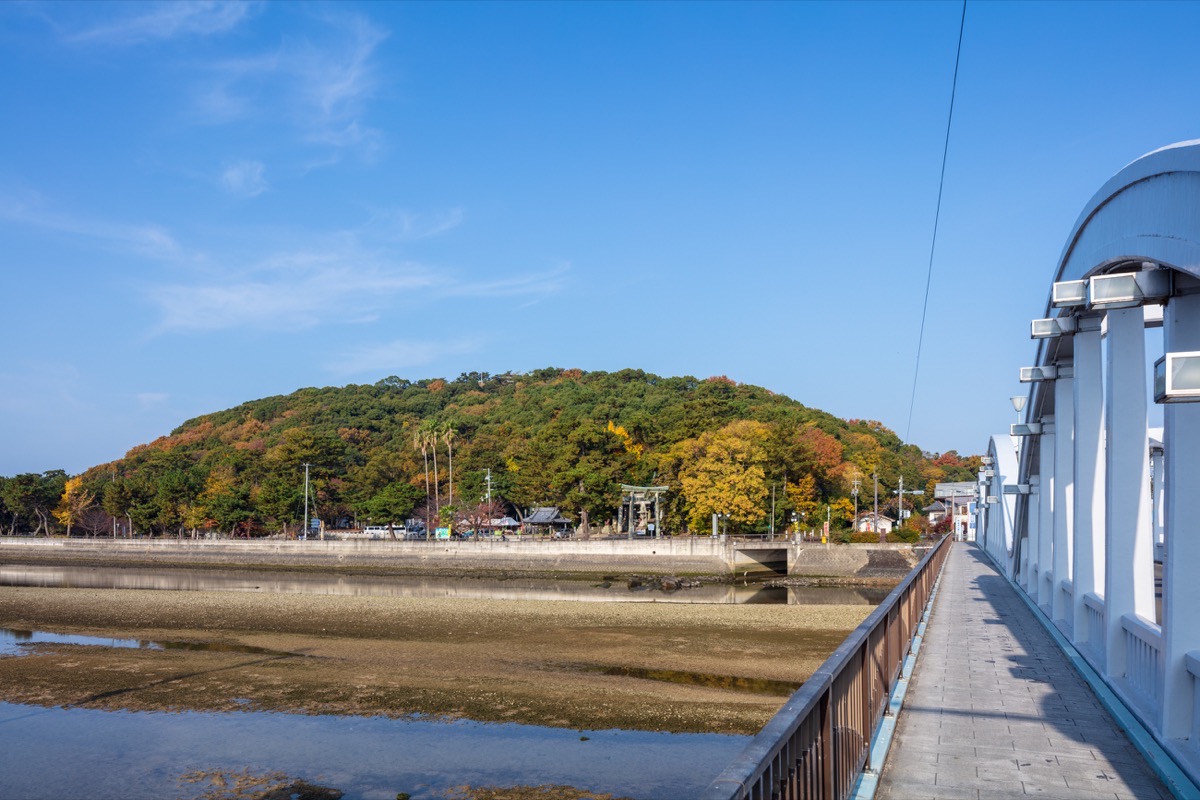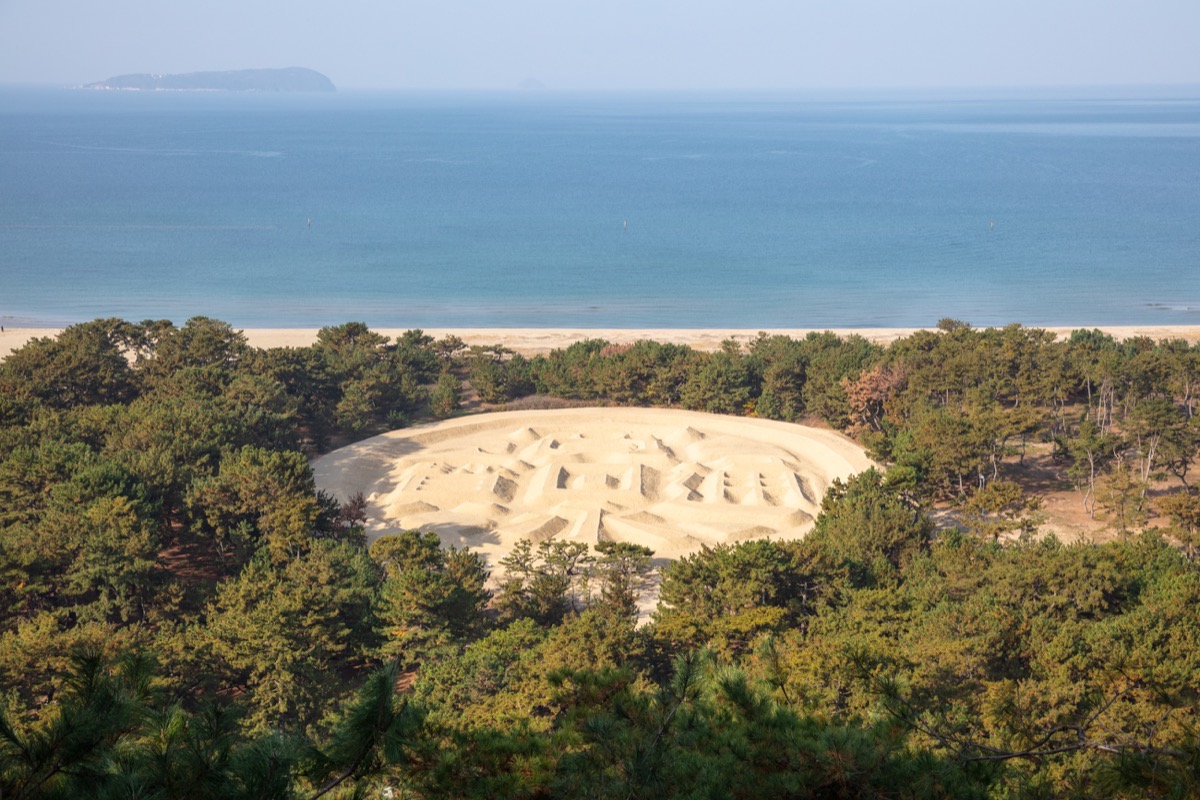Jinnein Temple & Kannonji TempleThe 68th & 69th Temple Jinnein Temple & Kannonji Temple
| District | Shikoku Henro pilgrimage | Period | ー |
|---|---|---|---|
| Set Content/Set Date | |||
| Owner | Kannonji | Location | 1-2-7 Yahatacho, Kanonji-shi, Kagawa |
The 68th and 69th temples of the Shikoku Henro pilgrimage, Jinnein Temple and Kannonji Temple, are located halfway up a small mountain facing the Seto Inland Sea.
Currently, both Jinnein Temple and Kannonji Temple are designated as sacred spots on the pilgrimage. However rather than Jinnein Temple, until the end of the Edo period nearly 150 years ago, the pilgrimage included Kotohiki Hachimangu Shrine, located on top of Mt. Kotohikiyama, and Kannonji Temple, which was built in association with this shrine.
Documents from the Edo Period reveal that Jinnein Temple and Kannonji Temple were in fact the same place.
During the Meiji period, between 1868 and 1912, as a result of the government's policy to separate Shintoism and Buddhism, objects of worship related to Buddhism at Kotohira Hachimangu Shrine were moved to a building called Saikondo Hall on the grounds of Kannonji Temple. From that time on, this building was made into Jinnein Temple, and designated as the 68th spot on the Shikoku Henro.
According to writings documenting its origins and history, Kannonji Temple was built in 703 by Buddhist priest Nissho, at the same time as Kotohiki Hachimangu Shrine. When Kobo Daishi (Kukai) visited Kannonji Temple in 802, he drew an image of Amida Buddha (Amitabha) and dedicated it as the principal Buddhist image of Kotohiki Hachimangu Shrine.
Because of this history, there are currently two sacred spots located within the same temple grounds.

